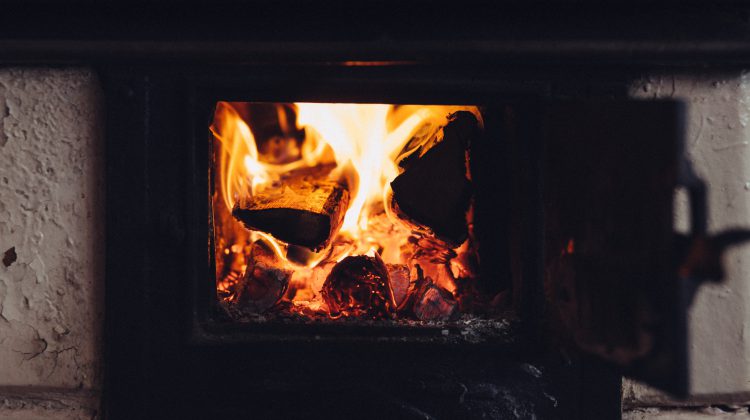Weather patterns, topography and heating appliances are still causing some concern for winter air quality, but there have been some improvements recently.
According to Comox Valley Regional District manager of Long-Range Planning and Sustainability Robyne Holme, the area experiences inversions during the colder months of the year. She says this prolongs the time people are exposed to fine particulate.
The particulate of concern is PM2.5, which means it is smaller than 2.5 microns and can penetrate deep into the lungs and cause lung and heart disease and death in some cases, according to Cowichan Valley Regional District senior environmental analyst Keith Lawrence.
While levels of PM2.5 were very high, exceeding the provincial requirements between 2009 and 2015, Lawrence says the rolling out of new measures to bring down contaminants has been successful.
“One of them includes the roll out of the woodstove smoke reduction program to replace old woodstoves with new woodstoves but even more so to replace those with heat pumps,” said Lawrence.
“Another key action has been education around the rules and best practices for open burning. Those two key sources make up about 77 per cent of the total particulate matter in the region.”
Lawrence says they were also able to put in air quality monitors, which can be monitored online. The Comox Valley has a similar system, and programs. However, the Cowichan Valley offers up to $2,200 for a heat pump incentive and homeowners do not need to remove their wood-burning appliances.
The Comox Valley adds they do not monitor particulate themselves, which is the province’s responsibility. However, they add the best way to lower particulate is to lower wood smoke. The district offers up to $1,800 for switching from a woodstove to a heat pump.
Moving forward, both municipalities ask you to follow best burning practices to ensure not only that the fuel you are burning is good, but also that you are burning when there’s less chance of particulate buildup.
“There’s a few key best practices that folks can follow, one of them is to check the venting index and only burn on days with good venting,” said Lawrence. “Folks should always burn clean, never burn garbage. We ask folks to burn less and to know the rules.”
The Comox Valley Regional District adds there are moisture metres at the district office for free so residents can make sure they are burning dry wood.






